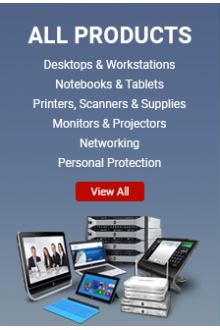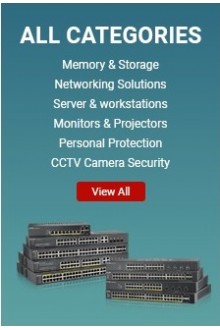Impact of Wearable Technology on Productivity in the Workplace
Wearable technology has become increasingly popular over the years, with fitness trackers being one of the most common types of wearables. These devices have revolutionized the way people approach their health and fitness goals, but they also have a significant impact on productivity in the workplace.
Fitness trackers, such as Fitbit, Apple, and Garmin, are designed to track a range of metrics, including steps taken, calories burned, and sleep quality. They provide users with real-time data about their health and fitness, which can be used to set and achieve goals. For example, if an employee wants to increase their daily step count, they can use their fitness tracker to monitor their progress and adjust their behavior accordingly.
This level of awareness and self-monitoring can have a positive impact on productivity in the workplace. When employees are more aware of their health and fitness, they are likely to make better choices about their diet, exercise, and sleep habits. They may be more inclined to take breaks throughout the day to move around and stretch, which can help to reduce the negative effects of sitting for long periods.
In addition, fitness trackers can also be used to gamify workplace challenges and competitions. For example, an employer could set up a step-counting challenge between departments or offer incentives for employees who achieve certain fitness goals. This can create a sense of camaraderie and motivation, which can translate into improved productivity and engagement.
Benefits of wearable technology
In addition to the benefits for the individual wearer, wearable technology can also have a significant impact on productivity in the workplace. With the ability to monitor and track physical activity, sleep patterns, and stress levels, employers can gain valuable insights into the health and well-being of their employees.
This data can then be used to implement wellness programs, offer incentives for healthy behavior, and identify areas for improvement in the workplace environment. For example, if a large number of employees are consistently showing high stress levels, employers can look at ways to reduce workplace stressors, such as implementing flexible work hours or offering mindfulness training.
Wearable technology can also be used to improve communication and collaboration in the workplace. For example, smartwatches can be used to receive notifications and messages in real-time, allowing employees to stay connected and responsive even when away from their desk. This can improve efficiency and reduce delays in communication.
Another way wearable technology can boost productivity is through its ability to automate and streamline tasks. For example, some smartwatches can be used to control smart home devices, allowing employees to easily adjust lighting, temperature, and other settings without leaving their workspace.
Fitness trackers and other wearable devices can also be used to gamify workplace wellness programs, encouraging employees to compete with one another for steps taken or other healthy behaviors. This not only promotes physical activity and wellness but can also foster a sense of community and teamwork among employees.
Technology Trends
Overall, the impact of wearable technology on productivity in the workplace is a promising area for further exploration and research. As technology continues to advance and become more integrated into our daily lives, it has the potential to revolutionize the way we work and interact with one another in the professional setting.
Wearable technology is rapidly becoming more prevalent in the workplace as employees seek to maximize their productivity and efficiency. One of the most popular types of wearable technology is the fitness tracker, which can track a variety of metrics related to physical activity and health. Brands such as Fitbit, Apple, and Garmin offer a wide range of fitness trackers, each with its own set of features and capabilities.
One of the ways that fitness trackers can have a positive impact on productivity in the workplace is by encouraging employees to be more physically active. Many jobs require employees to sit for long periods of time, which can be detrimental to physical health and overall well-being. By tracking their physical activity throughout the day, employees can be motivated to take breaks and move around more frequently, which can help to improve their health and prevent fatigue and burnout.
In addition to promoting physical activity, fitness trackers can also help employees to monitor and manage their stress levels. Many fitness trackers offer features such as heart rate monitoring and guided breathing exercises, which can help employees to stay calm and focused even in high-pressure situations. This can be particularly beneficial in industries such as finance and healthcare, where employees may be dealing with high-stress situations on a daily basis.
Another way that fitness trackers can boost productivity in the workplace is by promoting healthy sleep habits. Many fitness trackers offer sleep tracking capabilities, allowing employees to monitor their sleep patterns and identify areas where they can improve. By getting better quality sleep, employees are likely to be more alert and focused during the workday, which can lead to increased productivity and better job performance.
Of course, as with any type of technology, there are potential downsides to using fitness trackers in the workplace. Some employees may feel uncomfortable with the idea of their employer tracking their physical activity and health data, and there may be concerns around data privacy and security. Additionally, some employees may become overly reliant on their fitness tracker and may neglect other aspects of their health and well-being.
Overall, however, the benefits of using fitness trackers in the workplace seem to outweigh the potential drawbacks. By promoting physical activity, managing stress, and improving sleep habits, fitness trackers can help employees to stay healthy, focused, and productive on the job. As wearable technology continues to evolve and become more advanced, we can expect to see even more exciting applications for this innovative technology in the workplace and beyond.



